Plaza de Toros de Acho
This bullring in Lima is the oldest in the Americas and the second-oldest in the world.
Built over 250 years ago, the Plaza de Toros de Acho is the oldest bullring in the Americas. And perhaps surprisingly, considering its New World location, it’s also the second-oldest active bullring in the world, after the Plaza de Toros de la Real Maestranza in Seville, Spain.
Back in 1765, a full 56 years before Peru declared its independence from Spain, Agustín Hipólito de Landaburu y Ribera, a wealthy landowner and colonial official in the Viceroyalty of Peru, decided to build a noteworthy bullring in Lima.
For the site, he chose a raised piece of land about five miles from the coast, known locally as El Hacho. According to the Real Academia Española, hacho is a Quechua word meaning “a high place near the coast, from where the sea is well discovered and on which fire signals were used”—which is a whole lot of meaning in one short word.
Bullfights had been held here previously, but only in temporary rings. Landaburu had money to burn, so he didn’t waste any time building the new plaza de toros. It was inaugurated in 1766, its first victim being one of Landaburu’s own bulls, named Albañil Blanco.
Since its inauguration, the steady flow of blood onto sand has never stopped. Bullfights continued throughout the latter years of Peru’s War of Independence, when from 1821 to 1826 all proceeds from the fights were given to Peru’s liberating armies.
The 13,700-seater stadium, built of adobe and wood, was renovated once in 1944, but there was barely a pause in the fighting. Famous bullfighters continued to arrive from across the world to test their skills in the Plaza de Acho, among them legendary matadors such as El Cordobés, Manolete, Juan Belmonte, and Luis Miguel Dominguín.
Despite all the controversy surrounding bullfighting today, events at the Plaza de Toros de Acho are as popular as ever. The world’s most notorious bullfighters still come to the Plaza de Acho, ensuring sold-out crowds as well as occasionally violent animal rights protests outside the stadium.
Beyond the fighting and the controversy, local legend also tells of a haunting in the Plaza de Acho. Staff at the stadium tell tales of the ghost of Juan Suarez, a bullfighter who died in the arena when his skull was crushed by a bull. The rumors attracted the Ghost Hunters International team, who spent the night at the Plaza de Acho and came away with absolutely no proof of supernatural happenings whatsoever, which surprised precisely no one.
Know Before You Go
The main bullfighting season at the Plaza de Acho runs through October and November, when fights take place in honor of the annual Señor de los Milagros festival, one of the largest Catholic gatherings in the Americas.

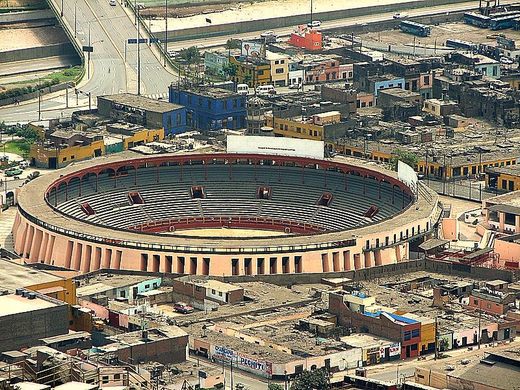
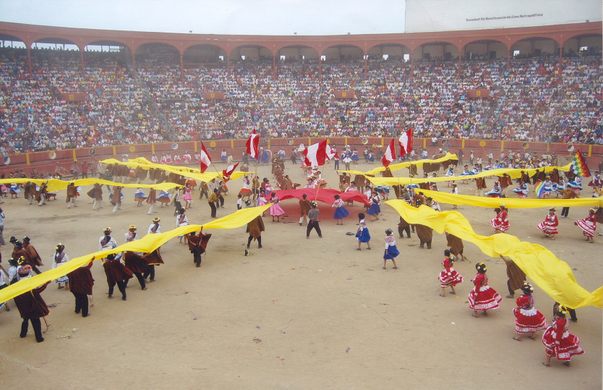
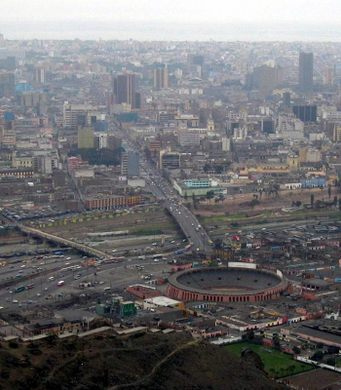
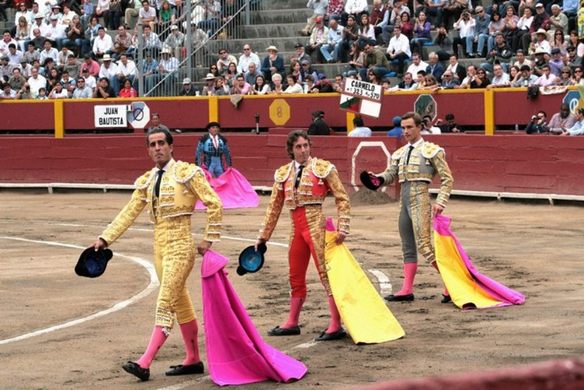
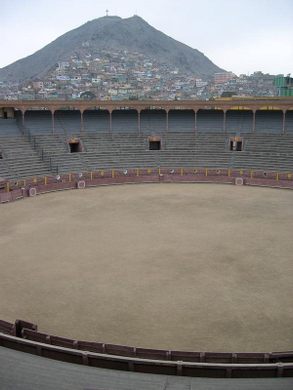

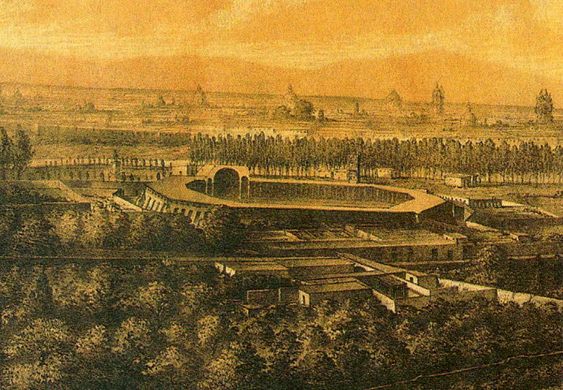

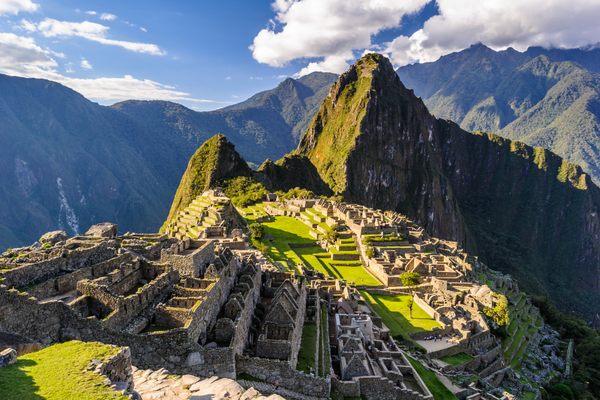


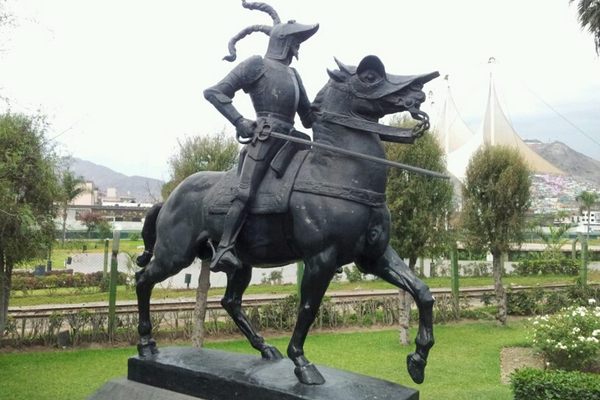
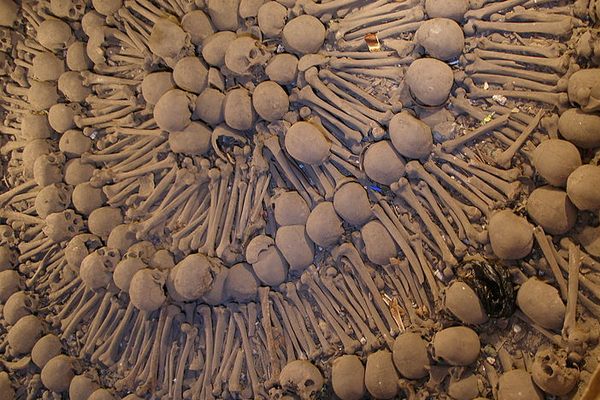


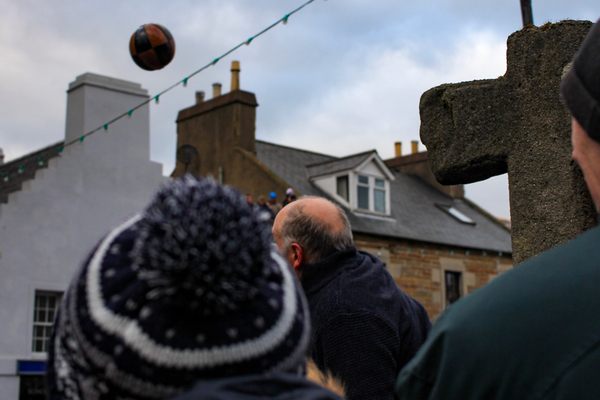
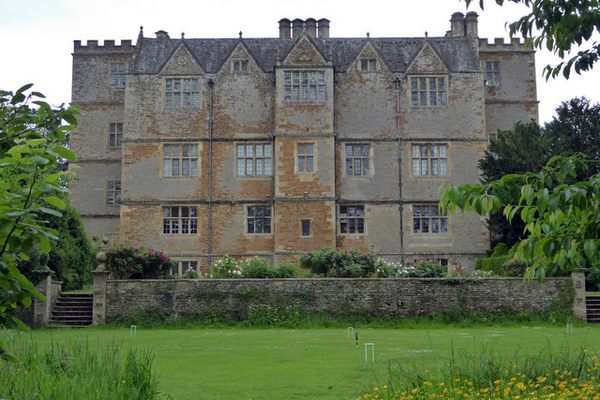

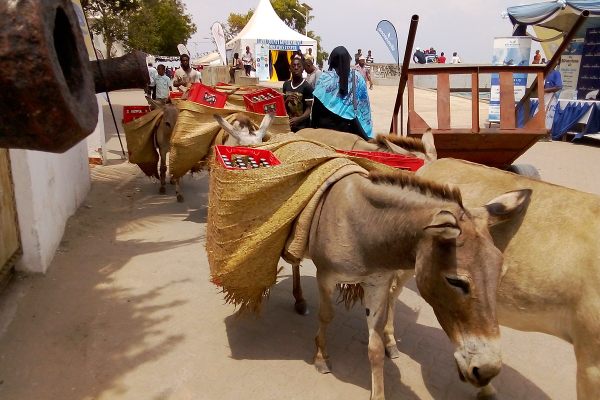

Follow us on Twitter to get the latest on the world's hidden wonders.
Like us on Facebook to get the latest on the world's hidden wonders.
Follow us on Twitter Like us on Facebook